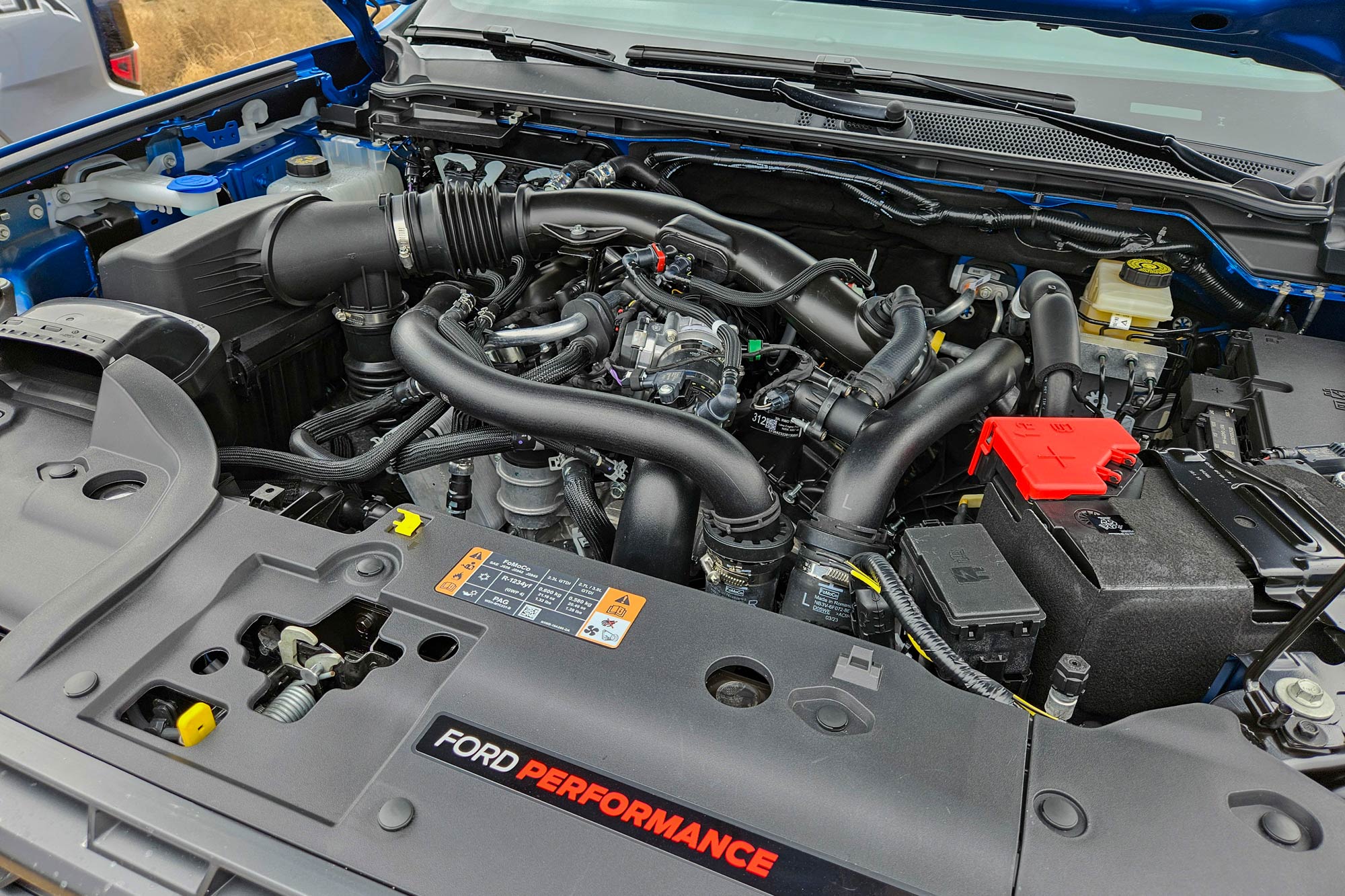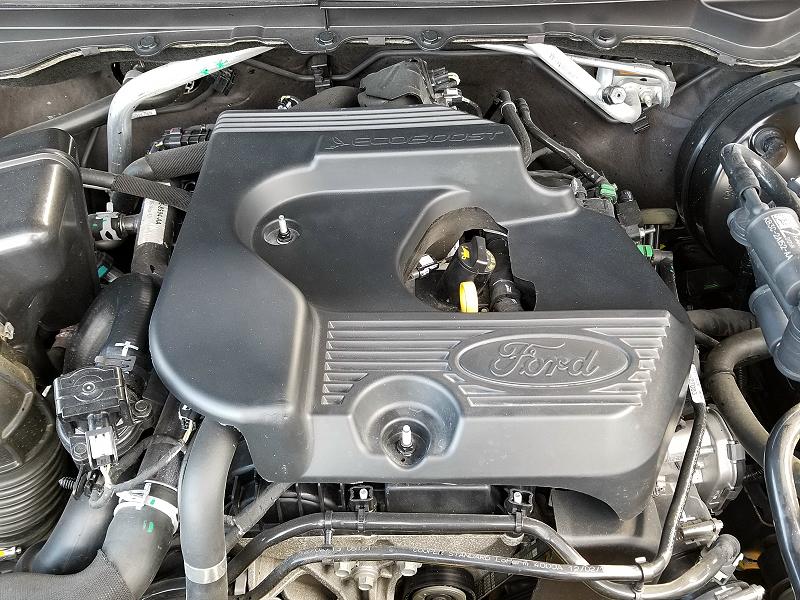Is the 2.2 Ford Ranger Engine the Right Fit for Your Driving and Work Needs?
Recognizing the Basics of Automobile Engines: Kinds, Functions, and Attributes

Summary of Car Engines
A cars and truck engine functions as the heart of a car, converting fuel right into mechanical energy to thrust it forward. This detailed system makes up numerous parts that operate in unison to guarantee ideal efficiency and performance. The essential procedure of a car engine includes the inner burning procedure, where gas and air are combined, stired up, and expelled to create power.
The engine's layout can dramatically impact its performance, fuel performance, and discharges. Trick components consist of the cyndrical tube block, pistons, crankshaft, and camshaft, each playing an essential duty in the engine's overall feature.
Along with these components, engines often make use of different systems such as fuel injection, ignition, and cooling systems to boost performance and durability. Understanding the standard technicians of auto engines is necessary for doing and diagnosing issues upkeep, eventually adding to the automobile's integrity and effectiveness in time.

Types of Auto Engines
Automobile engines can be classified right into numerous kinds based upon their design, gas kind, and operational principles. 2.2 ford ranger engine. The most typical categories consist of internal combustion engines (ICE), electric engines, and hybrid engines
Internal combustion engines, which can be additional separated right into fuel and diesel motor, run by firing up a fuel-air mix to generate power. Gasoline engines are normally lighter and smoother, while diesel motor are a lot more fuel-efficient and deal higher torque.
Electric engines use electric energy kept in batteries to power an electric motor, supplying immediate torque and no discharges during operation. As modern technology advancements, electric lorries (EVs) are increasingly becoming popular for their ecological advantages and lower running prices.
Crossbreed engines integrate aspects of both internal combustion and electric engines, permitting adaptable source of power and improved fuel efficiency. They can run in different modes, making use of either the gas engine, the electric motor, or both concurrently.
Each kind of engine has distinct benefits and downsides, influencing their application in various car types and market segments, from portable cars and trucks to heavy-duty vehicles. Comprehending these kinds is important for making educated decisions regarding vehicle choice and performance expectations.
Engine Features Clarified
Recognizing engine features is important for grasping just how automobiles run efficiently. At the core of any type of inner combustion engine lies the essential process of transforming gas right into mechanical power.
The ignition occurs next, sparking the blend and developing a quick expansion of gases. This force drives the piston down during the power stroke, which eventually translates into the rotational activity of the crankshaft. The exhaust stroke after that eliminates the invested gases from the chamber, making way for a new cycle to commence.
In enhancement to these primary features, engines also incorporate systems that manage cooling and lubrication, making sure optimum functional temperature levels and lowering rubbing in between relocating components. This complex interaction of features allows the engine to create the power required for car propulsion while preserving effectiveness and dependability. Understanding these functions provides beneficial understanding right into the complexities of automotive design and improves the capacity to detect and deal with engine-related issues successfully.
Trick Engine Functions
Engine layout incorporates several crucial features that considerably influence efficiency, efficiency, and longevity. Among the most important elements is the engine setup, that includes inline, V-type, and level layouts. Each setup impacts the engine's balance, power, and dimension output, thereby affecting overall automobile characteristics.
An additional necessary attribute is the engine displacement, referring to the total quantity of all cylinders. Bigger displacements commonly yield even more power however may jeopardize fuel effectiveness. Engine products likewise play a crucial function; lightweight and high-strength products, such as light weight aluminum and magnesium alloys, boost efficiency without including excessive weight.
The kind of fuel shot system utilized-- such as multi-port or straight shot-- influences burning performance and exhausts. Turbocharging and turbo charging are features that increase engine efficiency by compeling additional air right into the burning chamber, enhancing power result without substantially enhancing engine dimension.
Lastly, the existence of sophisticated engine management systems enhances fuel-air blend and ignition timing, contributing to smoother procedure content and far better fuel economic situation. Collectively, these attributes specify an engine's capabilities, setting the foundation for its performance and longevity in an affordable automotive landscape.
Upkeep Tips for Engines
Proper engine upkeep is critical for making certain ideal efficiency and durability, as overlooking regular treatment can bring about substantial issues down the line. To preserve your engine efficiently, start with regular oil adjustments, usually every 3,000 to 7,500 miles, depending on the kind of oil utilized. Fresh oil lubricates engine parts, minimizing rubbing and wear.
Additionally, keeping track of coolant degrees is crucial to stop getting too hot. Make certain that the coolant is covered up and remains in great problem to preserve effective temperature regulation. Routinely change and check air and fuel filters, as clogged up filters can prevent air movement and gas shipment, compromising engine performance.
Moreover, focus on trigger plugs and ignition systems. Worn or malfunctioning ignition system can cause misfiring and lowered efficiency. Inspecting the battery terminals and links for rust is likewise important, as a weak battery can influence engine starting.

Final Thought
In recap, a comprehensive understanding of car engines incorporates numerous types, functions, and vital attributes that considerably affect car efficiency. Inner combustion engines, along with electric and hybrid choices, demonstrate diverse devices for energy conversion. 2.2 ford ranger engine. Recognizing the vital functions, such as intake and exhaust cycles, along with vital engine attributes like setup and gas shot systems, furnishes automobile owners with hop over to here the understanding required for effective maintenance and operation, eventually boosting vehicle long life and efficiency
A car engine serves as the heart of a car, transforming gas right into mechanical power to move it ahead. The basic procedure of a car find out engine involves the internal combustion process, where fuel and air are mixed, fired up, and gotten rid of to produce power.
Regularly examine and replace air and fuel filters, as blocked filters can impede air flow and fuel delivery, compromising engine efficiency. - 2.2 ford ranger engine
In recap, a comprehensive understanding of automobile engines includes various types, features, and vital attributes that substantially affect car performance. Recognizing the essential features, such as consumption and exhaust cycles, together with vital engine functions like configuration and gas shot systems, gears up vehicle owners with the expertise essential for efficient maintenance and operation, ultimately boosting automobile durability and efficiency.